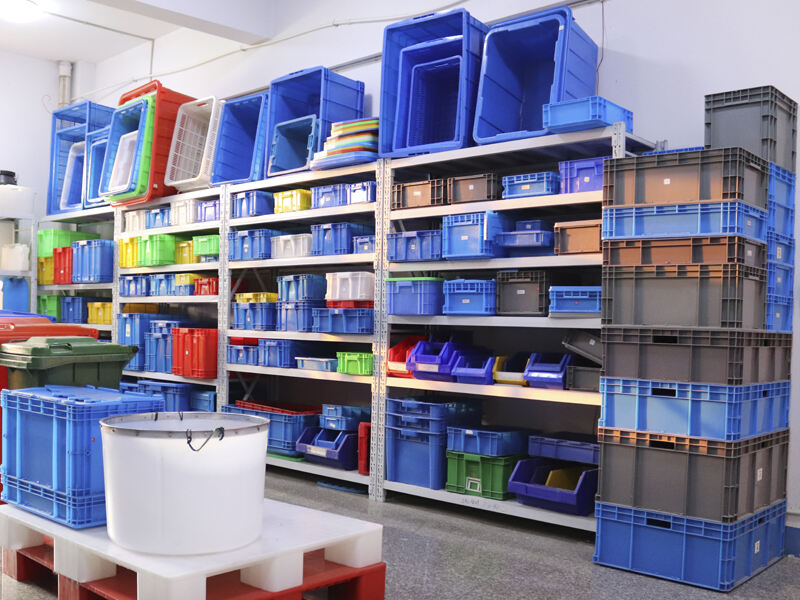Η πρώτη σας κίνηση κατά την αγορά δοχείων προσκρούει σε ένα εμπόδιο στην επιλογή του υλικού; Τα πλαστικά δοχεία είναι ελαφριά και οικονομικά, τα μεταλλικά είναι ανθεκτικά και μακροβιότερα, ενώ τα ξύλινα προσφέρουν φυσική οικολογικότητα...
Όλα ακούγονται εξαιρετικά, αλλά η απόδοση διαφέρει δραστικά! Η επιλογή λανθασμένου υλικού σπαταλά χρήματα, θέτει σε κίνδυνο την ασφάλεια των φορτίων, μειώνει την αποτελεσματικότητα της χειριστικής και μπορεί ακόμη να παραβαίνει τα βιομηχανικά πρότυπα. Σας παρουσιάζουμε αναλυτικά τα πλεονεκτήματα και μειονεκτήματα κάθε υλικού – κανένας υπολογισμός με βάση την τύχη για την επόμενη αγορά σας!
1. Σύγκριση Υλικών: Πλαστικό vs. Μέταλλο vs. Ξύλο
Α. Πλαστικά Δοχεία (π.χ., HDPE/PP)
✓ Πλεονεκτήματα:
- Ελαφρύ βάρος: Μειώνει την εργατική προσπάθεια και τα έξοδα μεταφοράς.
- Ανθεκτικό στη διάβρωση: Αντέχει στο νερό, στα έλαια και στις περισσότερες χημικές ουσίες (ιδιαίτερα τα HDPE/PP). Εύκολο στον καθαρισμό – κατάλληλο για τρόφιμα, χημικά, ψυχρούς τροφοδοτικούς ή υγρές περιβάλλοντα.
- Ευελιξία σχεδιασμού: Η συνεχής διαμόρφωση επιτρέπει αναδιπλούμενες/συνδυαζόμενες σχεδιάσεις, καπάκια, χαρακτηριστικά απορρόφησης στατικού ηλεκτρισμού, ετικέτες RFID και διαχείριση με χρωματική κωδικοποίηση.
- Οικονομικά: Ανταγωνιστικό αρχικό κόστος και κόστος μακροπρόθεσμα (λαμβάνοντας υπόψη την ανθεκτικότητα/συντήρηση).
- Ασφάλεια: Χωρίς θραύσματα, μη αγώγιμο (διαθέσιμες επιλογές), και ανθεκτικό σε σπινθηρισμό (εκδόσεις απορρόφησης στατικού ηλεκτρισμού).
✗ Περιορισμοί:
- Δυνατότητα φορτίου: Μικρότερη στατική/δυναμική αντοχή στοιβαγίας από το μέταλλο (εκτός από βαρέως τύπου πλαστικά).
- Ευαισθησία στις καιρικές συνθήκες: Μπορεί να υποβαθμιστεί υπό παρατεταμένη έκθεση σε υπεριώδη ακτινοβολία ή έντονο κρύο.
- Κόστος εξ αρχής: Οι μονάδες πολυτελείας σε πλαστικό υπερβαίνουν την τιμή των βασικών ξύλινων κιβωτίων.
B. Δοχεία από Μέταλλο (Χάλυβας/Ανοξείδωτος)
✓ Πλεονεκτήματα:
- Εξαιρετική Ισχύς: Ανεπανόρθωτη δυνατότητα στοίβαξης για βαριά, εύθραστα ή μεγάλα αντικείμενα.
- Έκτροπη Αντοχή: Ανθεκτικό σε κρούσεις και φθορά με μεγάλη διάρκεια ζωής.
- Αντιπυρήνιος: Φυσικά αυτοσβήνοντα.
- Υψηλή αξία υπολειμμάτων: Διατηρεί σημαντική αξία ανακύκλωσης στο τέλος του κύκλου ζωής του.
✗ Περιορισμοί:
- Μεγάλο βάρος: Αυξάνει το κόστος χειρισμού/μεταφοράς.
- Κίνδυνος σκουριάς (χάλυβας): Απαιτεί επικαλύψεις (μπογιά/γαλβανισμό). Απαιτεί προσεκτική συντήρηση σε υγρές/χημικές συνθήκες. Το ανοξείδωτο χάλυβας είναι ακριβό .
- Προηγμένη τιμολόγηση: Υψηλότερο αρχικό κόστος και συντήρηση.
- Στασιμότητα σχεδίασης: Η συγκολλητή κατασκευή περιορίζει την ευελιξία. Οι άκρες χρειάζονται λείανση για να αποφευχθεί ζημιά.
- Αγώγιμο: Να αποφεύγεται σε περιοχές με κίνδυνο έκρηξης/ευαισθησίας σε στατικό ηλεκτρισμό.
C. Ξύλινα δοχεία (συμπαγές ξύλο/κοντραπλακέ)
✓ Πλεονεκτήματα:
- Φιλικό προς το περιβάλλον & ανανεώσιμο: Καλύπτει πρότυπα βιωσιμότητας και κανόνες εξαγωγής (απαιτείται απολύμανση πιστοποιημένη από IPPC).
- Φυσική προστασία: Προστατεύει εύθραυστα αντικείμενα.
- Προσαρμόσιμο: Εύκολα προσαρμόζεται για μεγάλα/περίεργου σχήματος φορτία.
- Χαμηλό κόστος εισόδου: Τα βασικά κιβώτια είναι οικονομικά.
✗ Περιορισμοί:
- Χαμηλή αντοχή: Επιρρεπές σε παραμόρφωση λόγω υγρασίας, ρωγμές, μούχλα και επιβλαβείς οργανισμούς. Μικρότερη διάρκεια ζωής.
- Όγκος και σταθερό μέγεθος: Μη διπλούμενο· αναποτελεσματικό για αποθήκευση/μεταφορά.
- Προβλήματα υγιεινής: Δύσκολο να καθαριστεί—κατάλληλο για τρόφιμα, φαρμακευτικό τομέα ή στείρες περιοχές.
- Ασυνεπής ποιότητα: Η ανομοιογένεια της ξύλινης επιφάνειας/οι μετρήσεις διαφέρουν μεταξύ των παρτίδων.
- Υψηλή συντήρηση: Απαιτεί συχνή επιθεώρηση/επισκευές.
- Κίνδυνοι ασφάλειας: Σπασίματα, εκτεθειμένα καρφιά και εύφλεκτο υλικό.
2. Πώς να Επιλέξετε: 6 Βασικοί Παράγοντες
- Χαρακτηριστικά φορτίου: Βάρος, διαστάσεις, ευθραυστότητα, ευαισθησία σε υγρασία/χημικά, ανάγκες για υγιεινή.
- Περιβάλλον: Εσωτερικού/εξωτερικού χώρου; Φυσική θερμοκρασία/ψυχομένη αποθήκευση/θέρμανση; Ξηρό/υγρό περιβάλλον; Έκθεση σε χημικές ουσίες;
- Χειρισμός & αποθήκευση: Μηχανικός/παλεταριστής/ASRS; Μέγιστο ύψος στοίβαξης; Εξοικονόμηση χώρου με διπλώματα;
- Ένταση χρήσης: Κύκλοι υψηλής συχνότητας/δυσμενείς συνθήκες απαιτούν ανθεκτικότητα.
- Συμμόρφωση: Για τρόφιμα/φάρμακα απαιτούνται υλικά κατηγορίας GMP/για τρόφιμα. Για εξαγωγές χρειάζεται απολύμανση (ξύλο) ή οικολογικές πιστοποιήσεις.
- Συνολικό Κόστος Κυριότητας (TCO): Να ληφθεί υπόψη το χρονικό διάστημα ζωής, η συντήρηση, τα κέρδη από την αποδοτικότητα και η αξία στο τέλος του κύκλου ζωής – όχι μόνο η αρχική τιμή.
3. Προτάσεις Υλικών ανά Περίπτωση Χρήσης
- ✅ Καθημερινή χρήση με μεσαίο φορτίο, σε περιβάλλον υγιεινής/διαβρωτικό: Προτιμήστε πλαστικό (HDPE/PP).
- ✅ Βαριά φορτία, ακριβή όργανα, σκληρές συνθήκες: Επιλέξτε μέταλλο (προτεραιότητα στην προστασία από τη σκουριά).
- ⚠️ Μεγάλα/προσαρμοσμένα σχήματα, συσκευασία χαμηλού κόστους/για εξαγωγή: Εξετάστε το ξύλο (επιβεβαιώστε την απολύμανση/ανθεκτικότητα).
Τελική συμβουλή:
Σταματήστε να επιλέγετε δοχεία με βάση τη διαίσθηση! Αντιστοιχίστε τις βασικές ανάγκες σας με αυτόν τον οδηγό για να βρείτε την ιδανική λύση εξοικονόμησης κόστους. Προσθέστε αυτήν τη σελίδα στους σελιδοδείκτες—η επόμενη απόφαση για προμήθειες μόλις έγινε πιο εύκολη.

 EN
EN
 AR
AR CS
CS DA
DA NL
NL FI
FI FR
FR DE
DE EL
EL HI
HI IT
IT JA
JA KO
KO NO
NO PL
PL PT
PT RU
RU ES
ES SV
SV TL
TL ID
ID SR
SR UK
UK VI
VI SQ
SQ HU
HU TH
TH TR
TR MS
MS IS
IS BN
BN LO
LO MN
MN NE
NE MY
MY UZ
UZ KY
KY


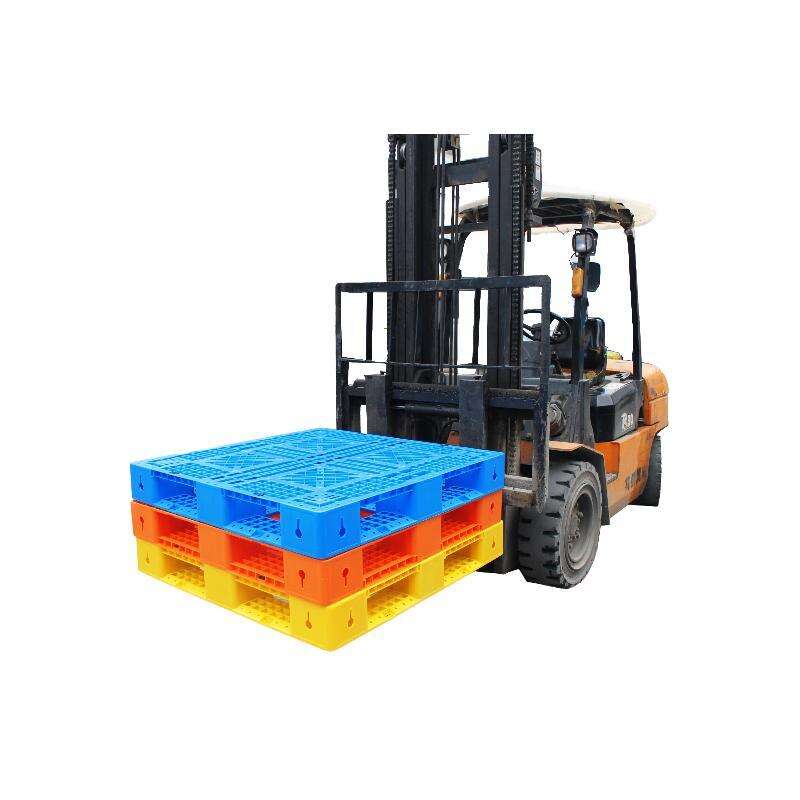 Πλαστικά Παλετά
Πλαστικά Παλετά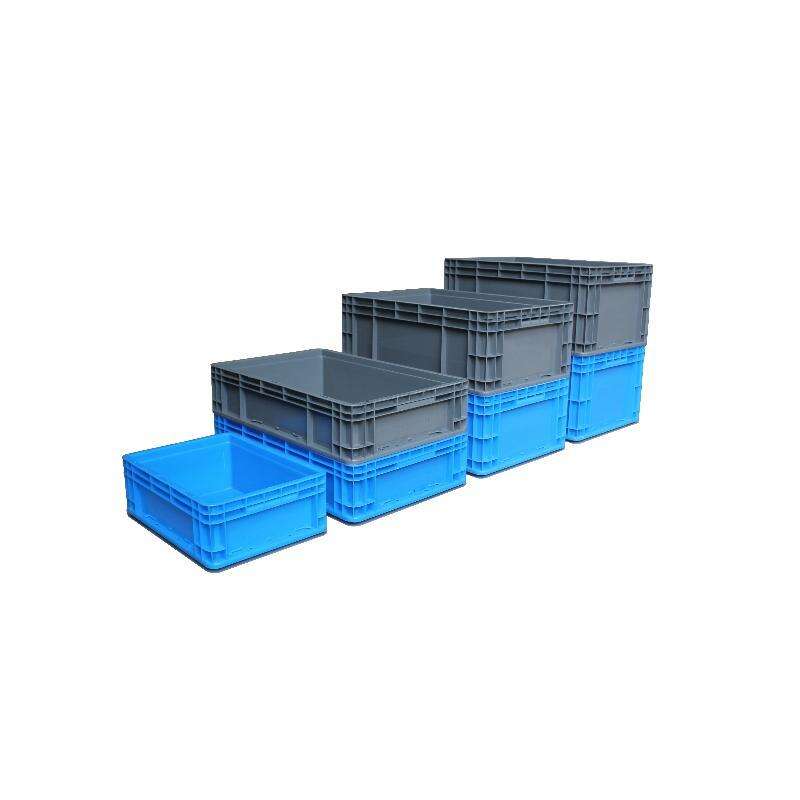 Κιβώτιο Λογιστικής
Κιβώτιο Λογιστικής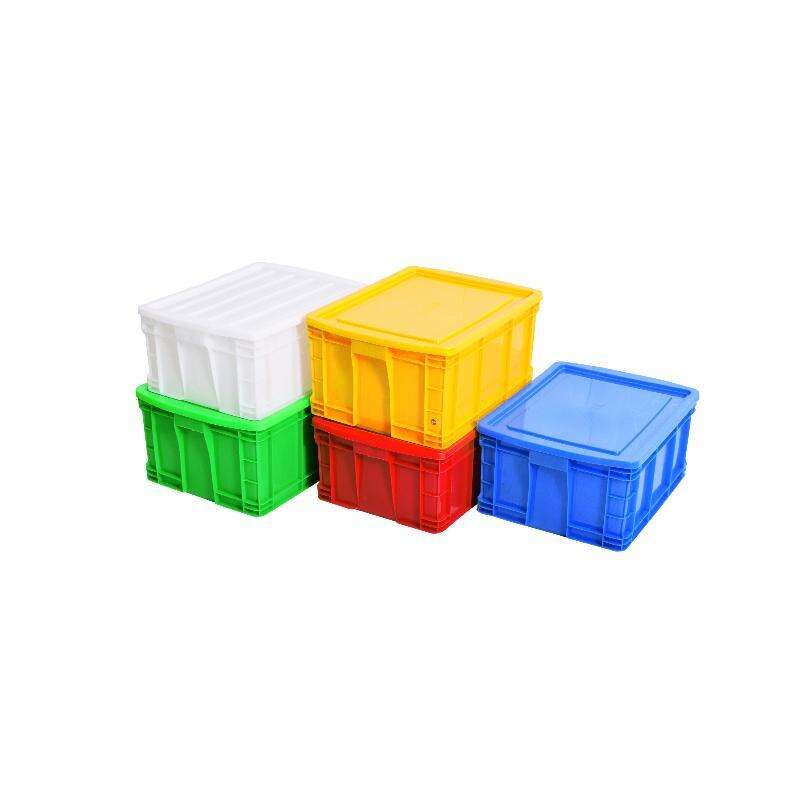 Πλαστικά Κρέτες
Πλαστικά Κρέτες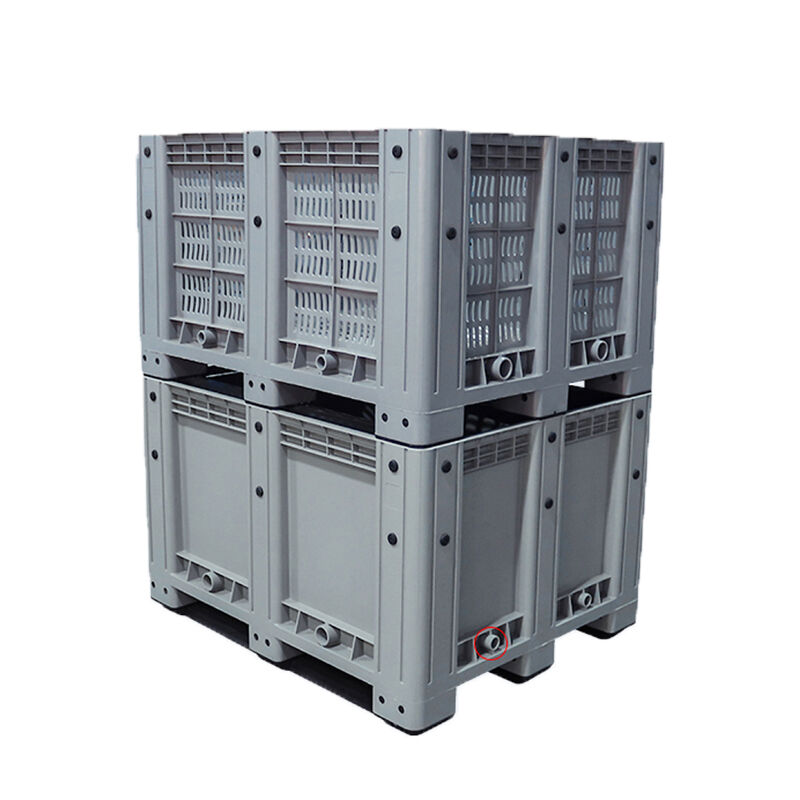 Μεγάλα Αποθεματοφόρα
Μεγάλα Αποθεματοφόρα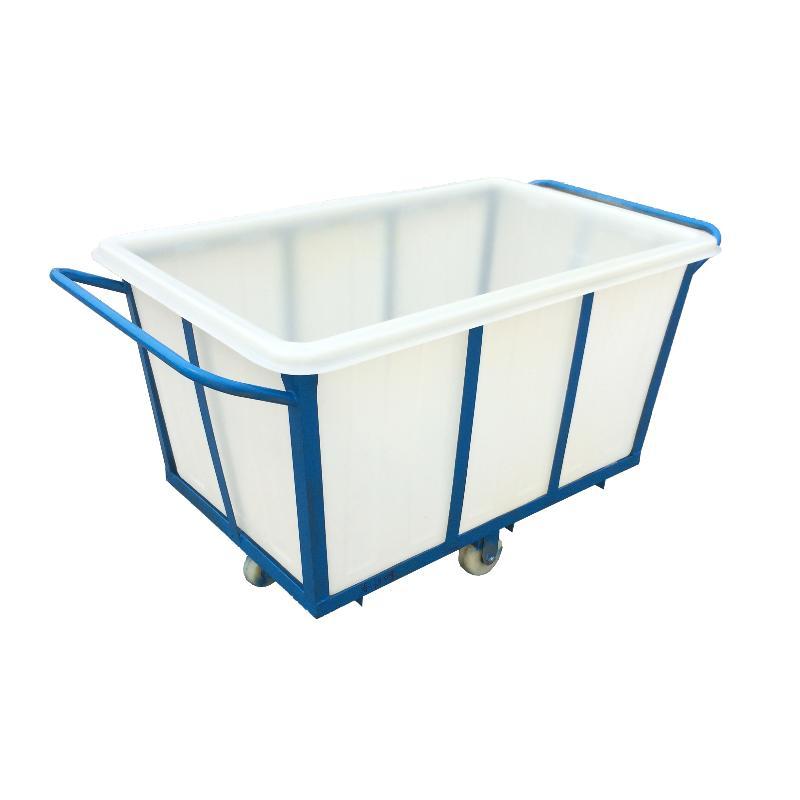 Συντριβάδικο Ρεύματος
Συντριβάδικο Ρεύματος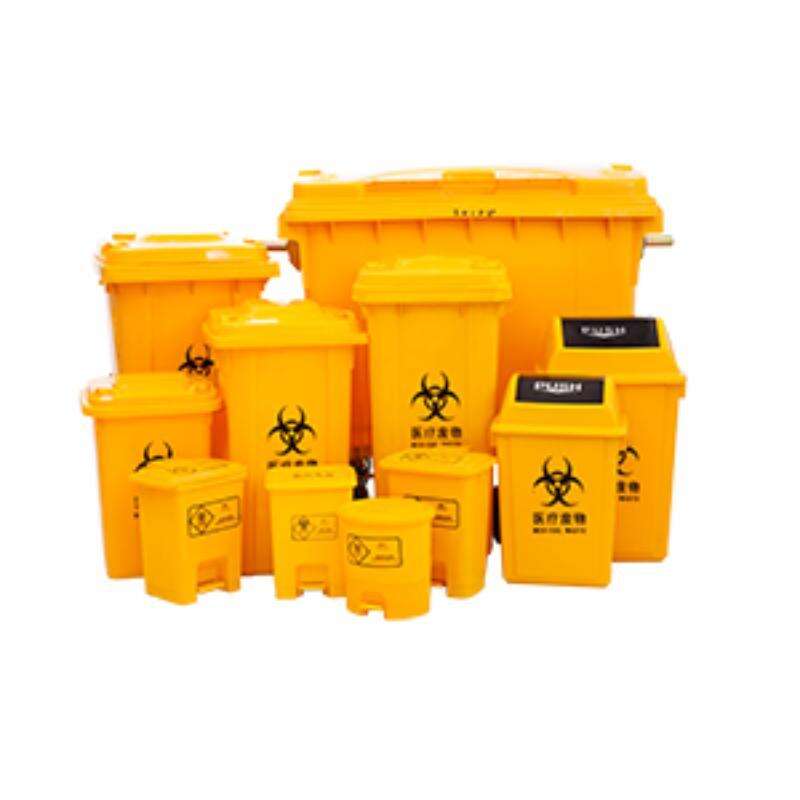 Κάδοι Αποβλήτων
Κάδοι Αποβλήτων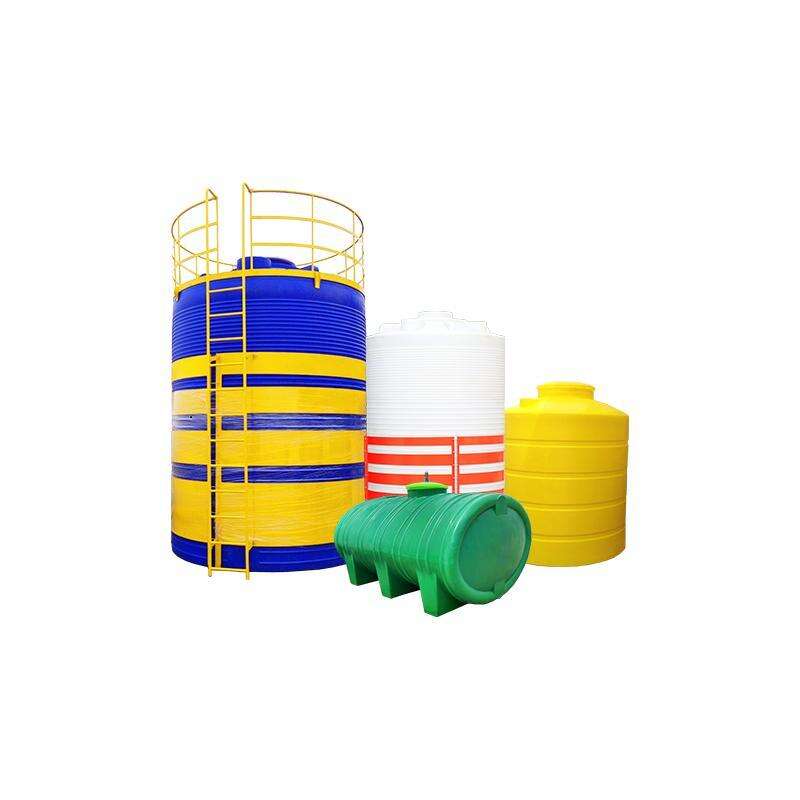 περιέχοντα Αποθήκευσης Υγρών
περιέχοντα Αποθήκευσης Υγρών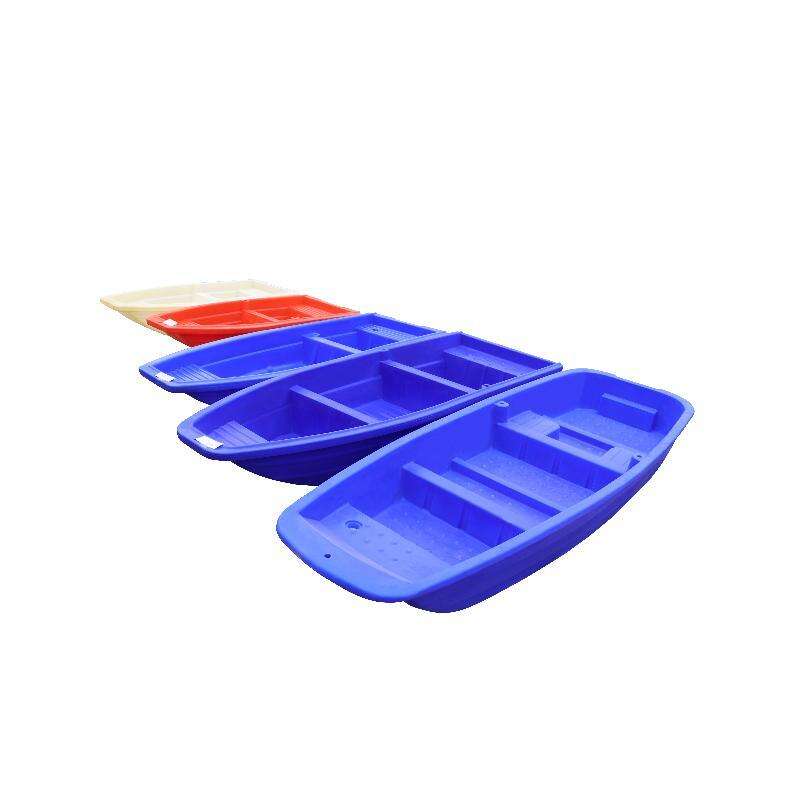 Πλοία & Ακουατικά Προϊόντα
Πλοία & Ακουατικά Προϊόντα
